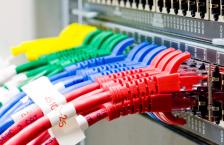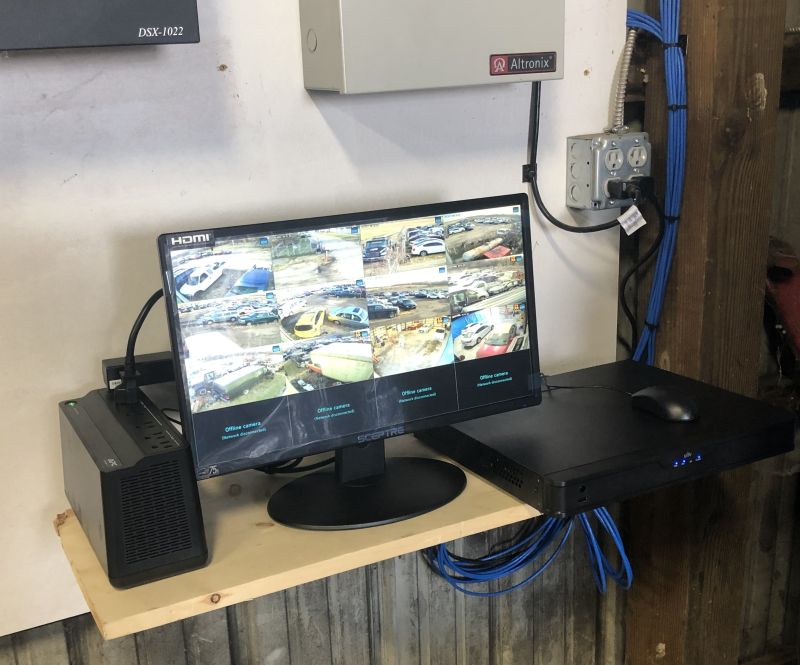As we enter 2024, home theater and audio components are more advanced than ever, supporting lossless multi-channel audio and increasingly higher resolutions. With this progression, there remains some confusion around the digital audio connection standards used to deliver pristine sound between devices. The two prevalent options, SPDIF and TOSLINK, may seem identical on the surface but have key differences under the hood.
In this comprehensive guide, we will unravel the mystery between these industry-standard cables, assess their capabilities in the modern context, and provide recommendations based on professional insight and real-world testing.
A Brief History
Sony and Philips created the Sony/Philips Digital Interface Format (SPDIF) in the 1980s to deliver uncompressed stereo PCM audio between home audio components like CD players and receivers. The interface uses both coaxial cables with RCA connectors and optical cables with TOSLINK connectors to transmit data.
Toshiba Link (TOSLINK) emerged around the same time, using optical cables exclusively to achieve interference-free multi-channel audio transfer. The name is derived from the infrared LEDs used in the cable connectors to transmit light pulses representing audio signals.
SPDIF Overview in 2024
SPDIF remains a widely adopted standard in home A/V gear, favored for its versatility and reliability. Using advanced shielding and connectors, it can transmit two channels of lossless 24-bit/192kHz audio over long distances, from 50 to 100 feet depending on cable quality.

The latest ultra high-speed HDMI 2.1 cables are also backwards compatible with SPDIF. This allows legacy devices without HDMI ports to interface with modern A/V receivers using SPDIF over HDMI.
Key Advantages:
- Ubiquitous support across audio gear
- Long transmission distances
- Durability and flexibility of cables
- HDMI compatibility
Limitations:
- Two channel stereo transmission
- Prone to interference across long distances
Related reading: SPDIF Wikipedia Overview
TOSLINK Overview in 2024
While restricted to optical cables only, TOSLINK remains popular in home theater configurations for its multi-channel support, future-proofing, and immunity to interference.

Modern TOSLINK cables achieve bit-perfect transfer of up to 8 lossless audio channels at 24-bit/192kHz resolution, perfect for integrating surround-sound speakers. This also provides sufficient bandwidth for future formats like Dolby Atmos and DTS:X.
Key Advantages:
- Multi-channel support
- Interference and noise-free transmission
- Bit-perfect transfer quality
- Provides headroom for future formats
Limitations:
- Typically limited to 30 feet
- Optical cables less flexible than coaxial
Further reading: TOSLINK Wikipedia Overview
Key Differences at a Glance
| Specs | SPDIF | TOSLINK |
|---|---|---|
| Year Introduced | 1980s | 1983 |
| Connection Type | Coaxial or Optical | Optical Only |
| Max Channels | 2 | 8 |
| Max Resolution | 24-bit/192kHz | 24-bit/192kHz |
| Max Distance | 50 – 100 ft | Typically 30 ft |
| Resilient to Interference | Susceptible | Immune |
| Common Use Cases | General Home Audio | Surround Sound Integration |
Recommendations for 2024 and Beyond
For those building out a modern home theater in 2024 equipped with the latest A/V gear, TOSLINK is the ideal choice to connect components. Utilizing high-bandwidth Shielded Optical Cables, like the Monoprice Premier Series, it can deliver interference-free multi-channel audio at up to 8K/60Hz resolution to fully certified HDMI 2.1 devices.
SPDIF remains relevant for more modest two-channel setups using older gear. Those with legacy components can leverage SPDIF’s widespread compatibility and HDMI integration using modern cables that tightly control impedance, like the AmazonBasics Digital Audio Coaxial Cable.
The good news is that both standards will continue to coexist just fine. For those wishing to leverage surround sound or future-proof their configurations, however, TOSLINK reigns supreme in 2024 as the conduit of choice for pristine multi-channel audio integration.






0